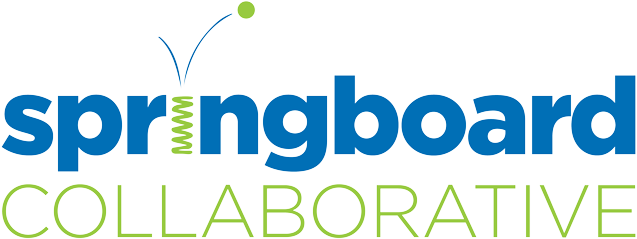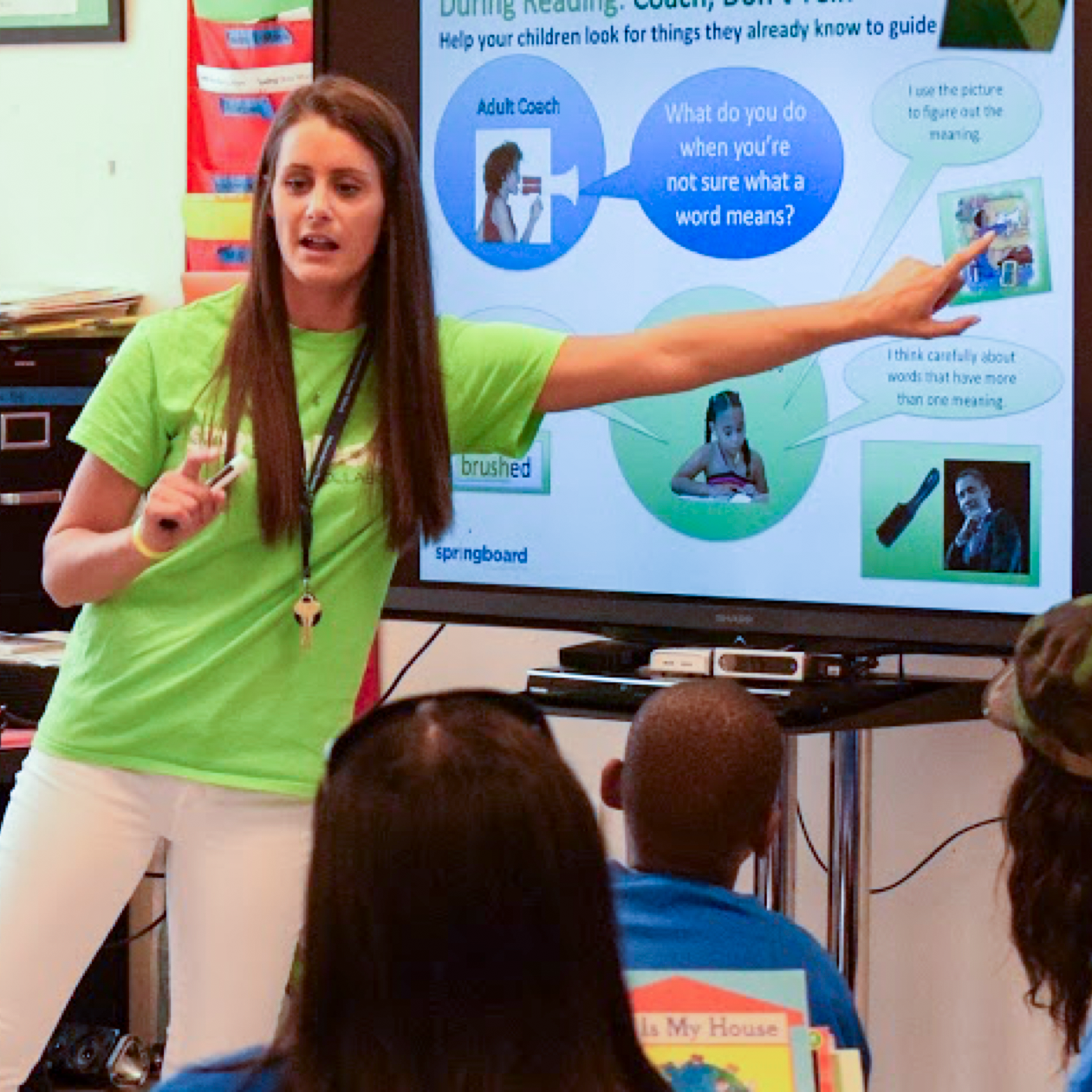All families want their children to succeed, but when school systems fail to provide them with the skills, tools, or knowledge to support high-quality at-home reading experiences,, kids miss valuable opportunities to improve their reading skills.
After all, family members are uniquely positioned to cultivate joyful and sustainable home reading habits. Since children spend 87% of their waking hours outside of school, the education sector must prioritize engaging families as partners in teaching and learning in order to reverse the inequitable reading outcomes for Black and brown students that haven’t budged in 30 years.
Karen Mapp, Ed.D., Senior Lecturer at Harvard Graduate School of Education, notes, “I’m seeing quite a few school districts realizing that family engagement —real, respectful partnerships between families and school staff — is an absolutely essential ingredient not only to student improvement, but also school improvement.”
This post highlights the need for family engagement in student learning, how educators can begin building these partnerships, and the dramatic reading results that Springboard Collaborative and its district partners have achieved together.
Note: This blog is the second in a two-part series. Part one presents data about the persistent achievement gap for students from marginalized groups and begins to explore the potential of family-educator partnerships for reinforcing literacy.
Engagement as a Starting Point
Family engagement is not a new concept in education, but its meaning is loosely defined.. Some schools view family engagement through the lens of family communication, whereas others strive for ongoing collaboration between families and teachers to further bridge the gap between home and school.
School closures during the pandemic elevated the conversation about family engagement when that gap was removed. Suddenly, the home was a classroom. Parents had a front-row seat to their children’s learning and often had to become more involved by handling new challenges, like connectivity issues, on top of supporting their children with homework or reinforcing what was taught in their virtual classroom. The shift to remote learning made educators better value collaborating with families to ensure student success.
While the pandemic brought family engagement to the forefront as schools addressed an already existing achievement crisis in education, the political and social climate has led to changed ideas about approaching this partnership. District and school leaders are examining how power and privilege affect family engagement and how best to include all families. Family engagement must be rooted in diversity, equity, inclusion, and justice to provide equitable outcomes for all families. To that end, educators must forge collaborative relationships with their students’ families that drive toward a clear learning outcome. This ensures that families are engaged in their child’s learning with support and collaboration from educators
Building Partnerships
This is how that collaboration can work. Teachers are experts in instruction; they know the strategies to improve student reading skills. However, the classroom setting makes it difficult to individually support every child. Parents and family members are experts on their children; they have a unique wealth of knowledge about them, including how to motivate them. They also have the unique opportunity to support and reinforce classroom strategies by working with their children at home.
When families and educators partner, everyone benefits. Acknowledging and embracing the complementary expertise of families and educators forms the basis for a powerful, intentional, strategic collaboration. Families can learn to become at-home reading coaches, supporting their children in ways that align with classroom learning strategies. This one-on-one coaching support would be cost-prohibitive in a classroom setting. Educators benefit from the partnership by developing skills around coaching other adults in pursuit of the same goal, and by gaining insight into how to best reach individual students based on the families’ unique knowledge. Most importantly, children develop reading skills and show improvements due to the increased high-quality practice at home.
Reading Recovery Results
Springboard Collaborative is committed to helping schools tap into the benefits of engaging with parents to help reverse learning loss. The organization combines the strengths of teachers and families in a partnership to help kids reach the goal of becoming grade-level readers. Springboard supports school outcomes by harnessing the untapped potential in family engagement through Family-Educator Learning Accelerators (FELAs), during which family members learn specific reading strategies to use at home to build their child’s literacy skills.
In general, Springboard’s programming results in an average of:
- 3 months of reading growth in all essential early literacy skills.
- 5.1 months increase in accuracy and fluency in sight words.
Educators found that these partnerships also result in improved communication between families and teachers. Teachers were more comfortable sharing progress and strategies with families; parents were more confident delivering in-home support that aligned with classroom instruction. In fact, Springboard reported that after implementing their flagship afterschool program, 78% of teachers agreed that students’ families had a strong understanding of what they worked on in class, a 33% increase from before any Springboard programming was introduced.
Results also went beyond simply improving parent-teacher communication. Springboard’s programming model includes a family workshop component, in which educators share a specific reading strategy with families and facilitate collaborative practice to help reinforce learning at home. Numerous opportunities exist for family engagement and collaboration throughout the program, including family reading workshops and team-building huddles. Results showed that children in families who participated in team-building huddles were 82% more likely to reach their reading goals than students whose families did not participate in the workshops. Further, children of families who attended all workshops can expect to see a nearly one-month increase in reading growth compared to those who did not attend any workshops.
The Benefits of School-Home Connections
Ashley Durack, Academic Researcher at Grand Valley State University, suggests, “Parent-teacher partnerships are undoubtedly the way that educators and families can ensure that students reach their reading goals and become lifelong literacy lovers.”
While the value of family-educator partnerships isn’t a new discovery, they have become crucial as schools recover from pandemic-related learning loss and students need more support than ever in many academic areas. Through these partnerships, families and educators communicate more openly to effectively address student difficulties. Strategically focused home interventions and learning strategies that mirror in-school lessons will enhance student achievement. It’s also essential for teachers to be flexible in providing families with every possible communication option to help them feel welcome and heard. By engaging families meaningfully through school-hosted events, educators support positive school-home connections while families learn how to support their children’s learning.
Family-educator partnerships help all families, no matter their background, remain engaged with their student’s literacy development. Marginalized families who may lack language skills or resources can be included, as all parents want to help their kids thrive. These partnerships also encourage families to find more strategic ways of incorporating academics into their home environment. When families and teachers nurture their partnerships, it helps to ensure students are receiving the proper support they need to reach their academic goals and succeed.
Once we accept the critical role that family engagement plays in extending student learning beyond the classroom, we can implement the best strategies for building these partnerships with parents. We think you’ll agree that the improvements in student literacy can be dramatic. To explore the data we’ve collected and learn more about the impact that families can have on their kids’ learning, we invite you to read The Impact of Strong Family-Educator Partnerships in Reading Proficiency, the first blog in a two-part series.

